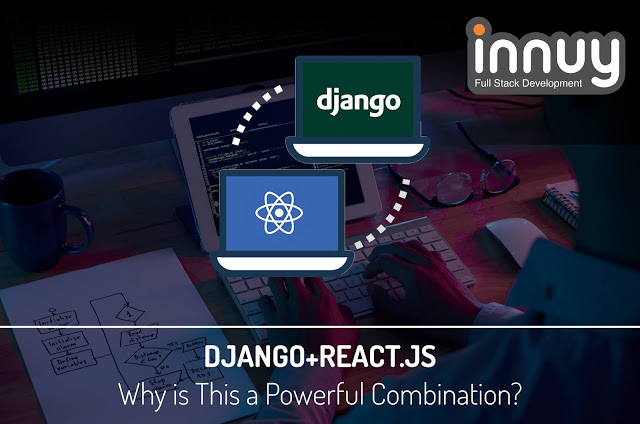
Exceptional user experiences are at the center of the modern mobile app era. Brands must deliver on web and mobile apps with rapid rendering, speed, and features that make the user feel they are using a desktop app.
For traditional websites, having a responsive UI is typically enough. But more complex applications require the use of other techniques and architectures.
Next-Gen Business Needs Drive Combined Framework Trend
As the business need for AI, machine learning and data science increases, so too does the need for robust web and mobile app frameworks to best support next-gen global business opportunities.
React.js and Django are consistently ranked among the top front and backend frameworks. And as the industry gravitates toward single-page apps, the use of a combined framework strategy for the development of complex web applications will increase.
But are these frameworks the right combination?
We say yes. A closer look at React.js will confirm why it is favored by developers and brands. From Facebook to Instagram and Netflix to Dropbox, React.js allows developers to create web and native front-ends. This front-end library supports large web applications that change data without reloading the page – meaning fast and exceptional user experiences.
In terms of business KPI measurement, React.js checks all of the boxes for brands:
- Saves time due to isolated components that have no impact on each other
- Provides quick development by using existing code and applying hot reloading
- Stabilizes code to help support future development
The back-end portion of this combination, Django, is a Python web framework – the most powerful programming language to date. In fact, it recently outranked Java for the first time ever, and has been used to develop digital brand properties including Pinterest, Instagram, and Quora.
The goal in using these frameworks in tandem is to have developers position React.js to render the front-end for increased performance – without using a standard Django template. In addition, the front and back-ends can be developed in parallel to save time, while leaning on their respective strengths.
Keeping Pace with Next-Gen Business Applications
As the modern mobile app era matures to support the digital needs of businesses, frameworks that are flexible, easily connect to databases and allow for the creation of models will help power the business needs of the next decade.
Much like industry disruption, the one constant in web and mobile app development is changing. To keep pace with next-gen business needs, how can your team future proof your app investment?
Ask yourself these five (5) questions:
- Is the framework flexible?
- Does it use components?
- Will it handle small or large projects to extend the power of building a user interface?
- Does it connect to databases?
- Can your development team create models?
By using the React.js and Django frameworks together, brands will be able to best support next-gen technologies that are reshaping industries – while providing exceptional, digital experiences to users.
